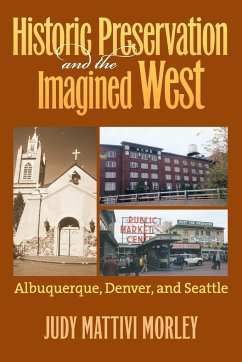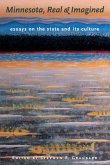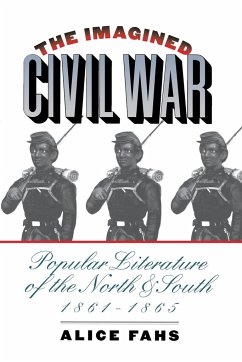Stroll through Larimer Square in Denver or through Pioneer Square in Seattle and you feel that you're stepping into history while browsing the expensive boutiques and tourist shops. But are you? In this intriguing study of some of America's favorite places, Judy Morley takes a fresh look at adaptive reuse efforts in cities of the former frontier. Focusing on urban preservation resulting from the competing interests of architectural preservationists, city planners, chambers of commerce, and boosters, she shows how developers have often taken artistic license to refashion the western past into shopping centers and tourist traps--in ways that privilege an imagined "heritage" over a more complex history. Examining Old Town Albuquerque, Larimer Square and LoDo in Denver, and Pioneer Square and Pike Place Market in Seattle, Morley describes the creation and marketing of western heritage under the guise of historic preservation. She draws on extensive interviews, city council proceedings, and historic plats and photographs to construct a detailed picture of how these districts originally looked and were used, how they were renovated, and to what ends they were marketed. This is the first book to systematically address issues of historic preservation and western urban growth, examining the interplay of identity, preservation, and tourism. It identifies the economic, political, and social issues that transformed each historic district into a place that resonated with the popular imagination. Along the way, Morley exposes the ironies that have attracted criticism to historic districts, such as Old Town Albuquerque's celebration of Hispanic heritage--even though Hispanic residents were displaced during the renovation--or Larimer Square's hiding of its actual skid-row past beneath a veneer of more tourist-friendly history. But while critics charge that historic preservation often celebrates a sanitized past, Morley suggests that these locales offer both residents and visitors a window on a shared romantic history and a sense of belonging, serving as vital locations for community festivals, holiday events, and even public gatherings in times of tragedy. Historic Preservation and the Imagined West argues that, although these districts did not so much preserve history as create mythic identities for their cities, they have in their way reconciled the past with the needs of the future.
Hinweis: Dieser Artikel kann nur an eine deutsche Lieferadresse ausgeliefert werden.
Hinweis: Dieser Artikel kann nur an eine deutsche Lieferadresse ausgeliefert werden.








